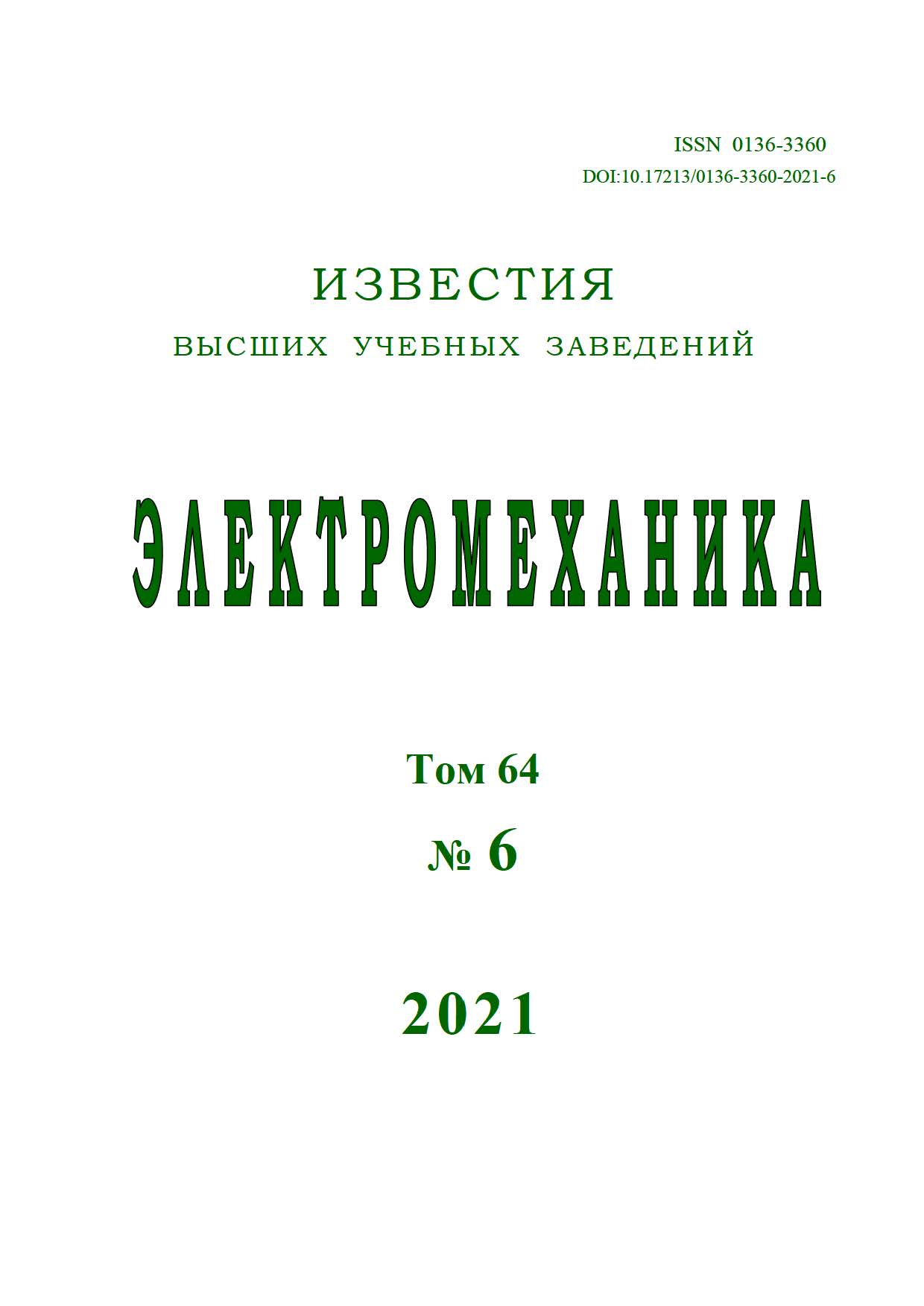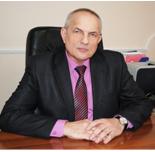Distributed Energy in Russia: State-of-the-Art and Prospects
DOI:
https://doi.org/10.17213/0136-3360-2021-6-78-87Keywords:
distributed energy, centralized electricity delivery system, continuity of electricity delivery, industrial Mini-Grid, utility local smart energy system, demand responseAbstract
This paper dwells upon the state-of-the-art of the electric power industry in Russia and how its patterns will affect the transition and the approaches to further development of distributed energy (DE). The article lists the reasons why consumers are dissatisfied with the centralized electricity delivery system that hinders the country’s socioeconomic development. A comprehensive solution to the problem becomes imperative in light of the worsening availability and affordability of electric power infrastructures coupled with the need to improve the continuity of electricity delivery. DE can develop in two ways: creating industrial MiniGrids or local smart energy systems (LSES). Industrial MiniGrids benefit their owners locally but make the centralized electricity delivery system less efficient. Balanced utility LSES’s based on mini-CHPs of up to 25 MW in electrical capacity have system-wide benefits. Importantly, they must be connected to the distribution grids of grid operators that deliver electricity to individuals, small and medium-sized businesses. This helps even out the load schedule in Russia’s UES; however, it does not address flexibility concerns nor the lack of maneuvering capacity. LSES’s help reduce the crosssubsidizing of industrial and commercial consumers whilst facilitating the integrated implementation of demand response technology. The paper further outlines why implementing utility LSES’s as DE facilities in Russia’s UES and as actors in the retail electricity market is a viable solution. Russia’s situation favors the energy transition; yet more consistent steps are required if the process is to be controllable, manageable, and predictable.References
Комплексная оценка технологической трансформации электроэнергетики России / А.А. Макаров, Ф.В. Веселов, А.С. Макарова, Л.В. Урванцева // Теплоэнергетика. 2019. № 10. С. 3 - 18.
Холкин Д.В., Чаусов И.С. Цифровой переход в энергетике России: в поисках смысла // Энергетическая политика. 2018. № 5. С.7-16.
Воропай Н. И., Стенников В.А. Направления и проблемы технологического развития электроэнергетических систем // Автоматизация и IT в энергетике. 2019. № 11 (124). С. 5-8.
Wold Energy Outlook. IEA, 2018. - 51 p.
REN21 - Renewables 2018. Global Status Report, Renewable Energy Policy Network for the 21 Century, 2018. 18 p.
A New World. Global Commission of Energy Transformation. IRENA. 2019. Pp. 39-43.
Kuzemko C., Bradshaw M., BridgeG., Goldthaude A., Jewell J., Overland I., Scholten D., Van de Graaf T., Westphal K. Covid-19 and the politics of sustainable energy transitions // Energy Research & Social Science. 2020. Vol. 68.
The European Power Sector in 2019: Up-to-Date Analysis on the Electricity - Transition, Agora Energiewende and Sandbag, February 2020 [Электронный ресурс]. URL: https://static.agora-energiewende.de/fileadmin2/Projekte/2019/Jahresauswertung _EU_2019/172_A-EW_EU-Annual-Report- 2019_Web.pdf (дата обращения: 28.09.2021).
Перекрестное субсидирование в электроэнергетике России. Международный бенчмаркинг. Аналитическое исследование. KPMG [Электронный ресурс]. URL: https://assets.kpmg/content/dam/kpmg/ru/pdf/2020/07/ru-ru-cross-subsidies-in-the-russian-power-industry.pdf (дата обращения: 28.09.2021).
Долматов И.А., Золотова И.Ю. Перекрестное субсидирование в электроэнергетике. Каков предел роста? // Стратегические решения и риск-менеджмент. 2018. № 2. С. 16 - 20.
Филиппов С.П., Дильман М.Д., Илюшин П.В. Распределенная генерация и устойчивое развитие регионов // Теплоэнергетика. 2019. № 12. С. 4 - 17.
Отчет о функционировании ЕЭС России в 2020 году // АО «СО ЕЭС» [Электронный ресурс]. URL: https://www.so-ups.ru/fileadmin/files/company/reports/disclosure/2021/ups_rep2020.pdf (дата обращения: 31.09.2021).
Фаворский О.Н., Батенин В.М., Филиппов С.П. Развитие энергетики: выбор стратегических решений и их реализация // Вестник Российской академии наук. 2020. Т. 90, № 5. С. 415 - 424.
Инновационная электроэнергетика - 21 / под ред. В.М. Батенина, В.В. Бушуева, Н.И. Воропая. М.: ИЦ «Энергия», 2017. 584 с.
Илюшин П.В., Самойленко В.О. Анализ показателей надежности современных объектов распределенной генерации // Промышленная энергетика. 2019. № 1. С. 8 - 16.
Распределенная энергетика в России: потенциал развития / А.А. Хохлов, Ю.В. Мельников, Ф.В. Веселов и др. М.: Энергетический центр Московской школы управления СКОЛКОВО, 2018. 87 с.
Дьяков А.Ф. Малая энергетика в России. Проблемы и перспективы // Библиотечка электротехника. 2003. № 2 - 3.
Анализ общих технических требований к распределённым источникам энергии при их интеграции в энергосистему / Ю.Н. Кучеров, П.К. Березовский, Ф.В. Веселов, П.В. Илюшин // Электрические станции. 2016. № 3 (1016). С. 2 - 10.
Цифровой переход в электроэнергетике России. Экспертно-аналитический доклад / под общей ред. В.Н. Княгинина, Д.В. Холкина. М.: Центр стратегических разработок, 2017. 47 с.
Цифровизация интегрированных энергетических систем / В.А. Стенников, Н.И. Воропай, Е.А. Барахтенко, Д.В. Соколов // Энергобезопасность и энергосбережение. 2020. № 4. С. 5 - 10.
Дацко К.А. Активные энергетические комплексы // Энергетическая политика. 2020. № 6 (148). С. 64 - 75.
Дильман М.Д., Филиппов С.П. Требования к топливной эффективности перспективных когенерационных установок // Изв. РАН. Энергетика. 2017. № 5. С. 102 - 111.
Илюшин П.В. Перспективы применения и проблемные вопросы интеграции распределенных источников энергии в электрические сети // Библиотечка электротехника. 2020. № 8 (260). С. 1 - 116.
Системная автоматика для интеграции локальных систем электроснабжения с синхронной малой генерацией в электрические сети / Е.Н. Гежа, В.Е. Глазырин, Г.В. Глазырин и др. // Релейщик. 2018. № 2. С. 24 - 31.
Бык Ф.Л., Мышкина Л.С. Использование систем накопления энергии для функционального резервирования // Релейная защита и автоматизация. 2020. № 4 (41). С. 35 - 39.







